In 2019, I was approached by a well known friend in the executive recruiting space. He was representing a company I had heard of, but didn’t know a ton about: Roblox. I knew a couple people working there at the time, but it just so happened that I was close to finalizing an offer to move back to Japan for Netflix I just couldn’t pass up. And besides, this was pre-COVID, before Roblox had exploded in popularity and became a household name, and I hadn’t yet seen the potential it was about to unleash.
Like many at the time, I had dismissed Roblox as something of a Raspberry Pi for gaming, where kids could create, but more as a means to an end of “moving on” to flashier platforms later. This assessment ended up being quite off as Roblox would undergo explosive growth both into and out of the pandemic, where now it’s doing something outright disruptive in gaming. This is where the framework from one of my favorite books, The Innovator’s Dilemma comes in.
Understanding The Innovator’s Dilemma
The Innovator’s Dilemma is a 1997 book by the late great Clayton Christensen. Let me start with a poignant quote from the book:
When commercializing disruptive technologies, they found or developed new markets that valued the attributes of the disruptive products, rather than search for a technological breakthrough so that the disruptive product could compete as a sustaining technology in mainstream markets.
What The Innovator’s Dilemma is about is how new disruptive technologies can enable downmarket entrants to disrupt big incumbents upmarket.
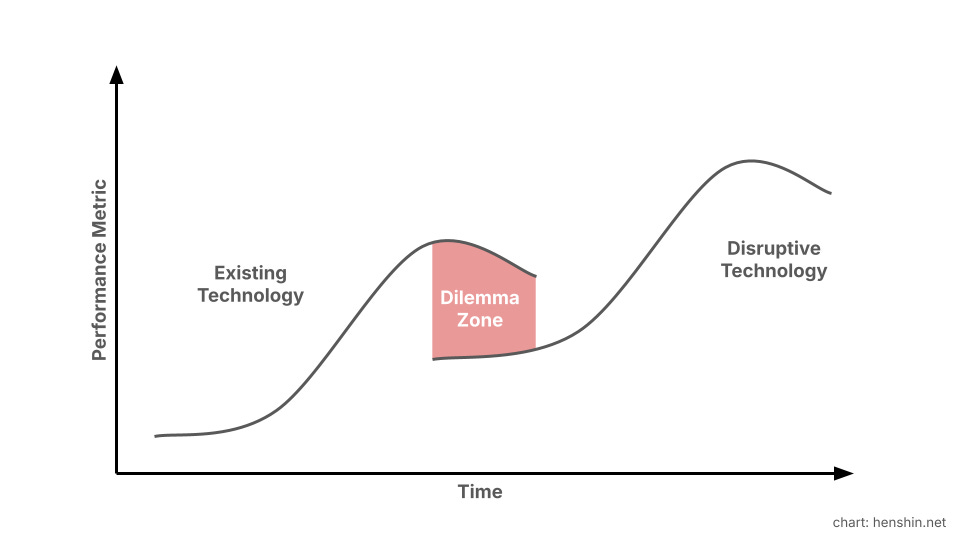
The downmarket entrants serve needs the upmarket incumbents do not, and even if they’re “lower performance,” they’re “lower cost” and grab an underserved market.
Here are two very different examples:
Blockbuster Video:
In 2007 as Netflix embarked on streaming, the video quality was mediocre (sorry, Reed!), the catalog was limited, and it was not the seamless viewing experience it is today. But it was cheap. In this case, Netflix was downmarket and Blockbuster was upmarket. But because so many people wanted the convenience of Netflix, it was able to compete. As there was more and more user validation, Netflix’s streaming platform got more and more resourced both on the product and content sides alike… and the rest is history.
Intel:
Conversely, Intel was facing competition from AMD and Cyrix downmarket for low-end microprocessors in the late 1990s (remember the K6 and the 6x86?). Even though they weren’t as powerful as the mighty Pentium, people wanted the cheaper lower end processors. Had Intel done nothing, they could have become one of those incumbent carcasses we like to read about in HBR case studies, but instead they did something different: Intel created the Celeron line, but rather than a beefed up MMX (their low-end chip at the time), they essentially “took away” from the Pentium, even if it mean less profit margin. Intel stared into the void and rather than get disrupted by someone else, they “did the disruption” and disrupted themselves, fending off the downmarket.
This list goes on, and you can look at everything from photography to automobiles to hard drives to razors and so on.
How Roblox Started Downmarket
Roblox first released in 2006, positioned as a place for kids to unleash their creativity (think MS Paint meets LEGO but in an online world). The graphics were very basic, but had things customers highly valued: it was free, it let anyone create in an online world, and it empowered connection, ultimately opening up game development to a whole new demographic.
Let’s look at screenshots comparing Roblox in 2006 to Elder Scrolls IV and Gears of War:
Certainly, the AAA games were much higher end, appealing to a fundamentally different audience, but these aren’t even games that the consumers of Roblox would have been playing. Whereas these AAA games had killer graphics, deep, narrative storytelling, and fit the value proposition of premium games, they didn’t offer what Roblox consumers valued: building shared gaming experiences with strong social interaction. And thus, Roblox’s ascent upmarket would begin.
Ascent Upmarket
Over the past 5 years, Roblox’s daily active user (DAU) growth has been nothing short of remarkable, with the company most recently reporting 97.8 million daily active users in 2025 Q1. Roblox’s DAU growth has been incredible, as seen in this graph, below.
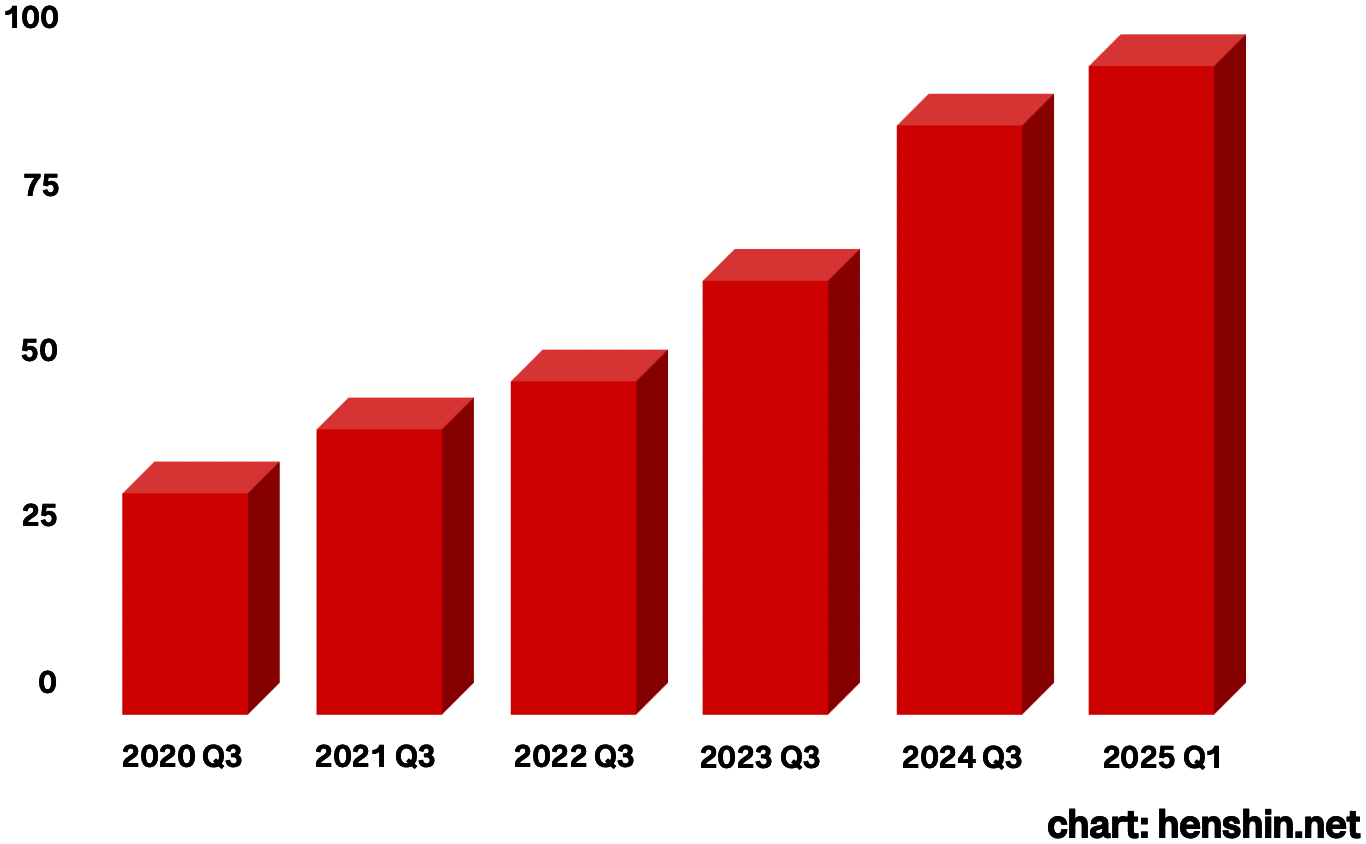
For an eye test on Roblox’s graphical evolution, we can compare top popular games over time:
Clearly, the ongoing enhancement in visual fidelity is real. The notion that Roblox has inferior graphics is simply conflated with users’ tastes for popular R6 and R15 avatars, not a lack of technology itself, but rather an intentional choice on aesthetics that transposes onto a shared form factor that enhances creativity.
It just so happens that Roblox’s biggest game, Grow a Garden, is also the biggest game in the world in terms of concurrent users (CCUs), on a truly remarkable all-time historic scale, exceeding Fortnite Galactus and League of Legends alike and on the same order of magnitude as all of Roblox and all of Steam.
For historical comparison, I even looked at Pokémon GO, which broke 45 million daily active users near its initial frenzied launch, but even then concurrent users, which we can say is no more than 10 million CCUs (and most likely something closer to five million).
While its graphics are still not the kind of painstakingly crafted kind you find on PlayStation, its appeal can’t be denied, and there’s no doubt that a lot of time went into the scripting of the game.
The Future
Over time, Roblox’s engine is going to become much more robust in terms of not just graphics, but what the scripting can handle. We’re going to see deeply complex worlds filled with complex game mechanics and systems and thriving sub-economies. And it’s not just “YouTube for gaming” as some people call it, but something more like if Android worked on any device and had a game builder, monetization, and shared community all baked into it.
What happens if Roblox continues to evolve to the point where it reaches near parity with PC and console games in terms of graphic potential — and continues to empower content creation at scale? That’s exactly where we’re headed now,
It’s no wonder there are countless UGC gaming platforms in development, both those that have been announced, but as well as many in clandestine development behind the scenes. But merely making a “UGC gaming platform” for the sake of it without understanding how to fulfill user needs is exactly the trap of The Innovator’s Dilemma and going to be a fatal flaw for the history books. Perhaps at that point we can pull out one of those bags of instant popcorn we so often got in the Blockbuster checkout lines on Friday nights.





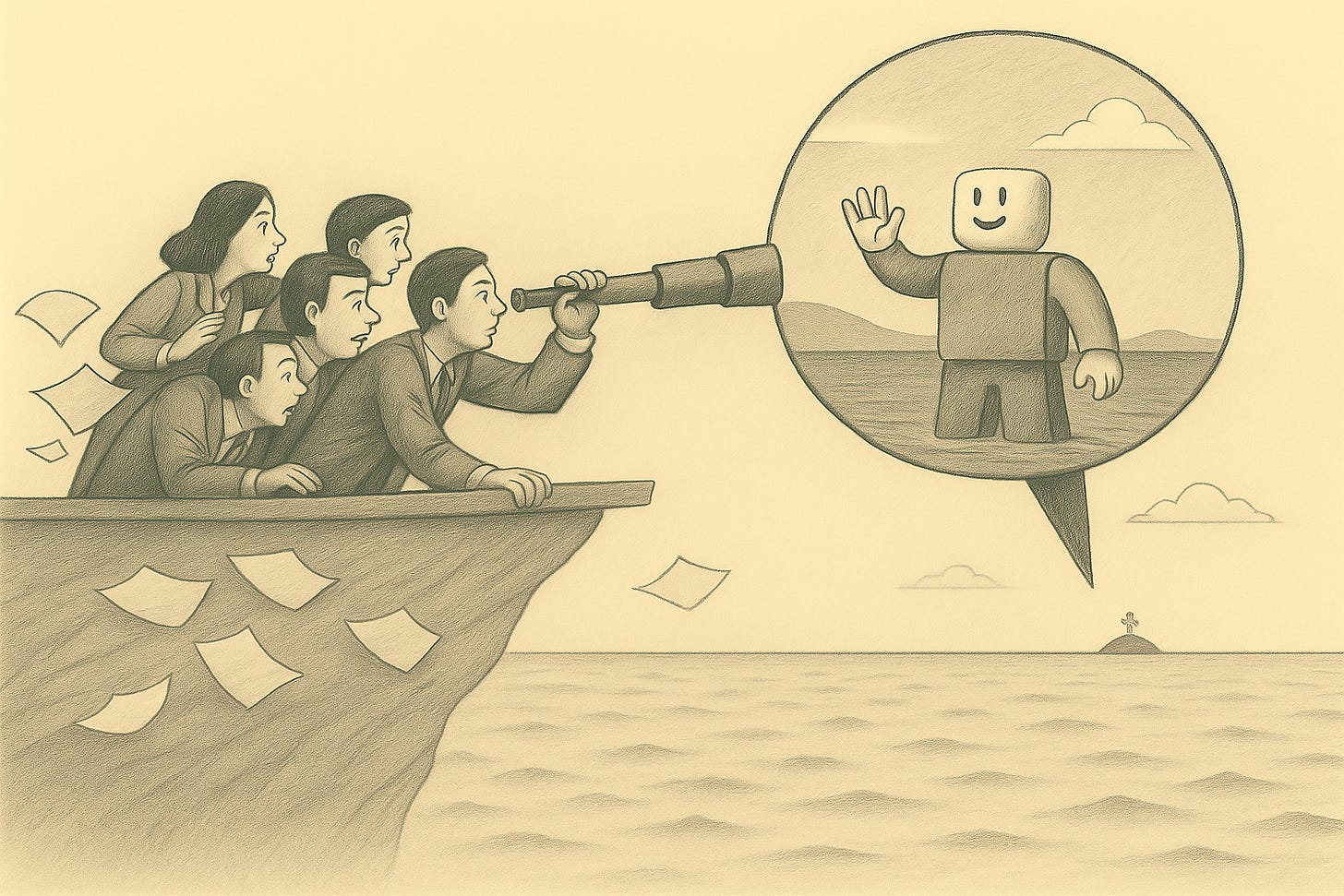

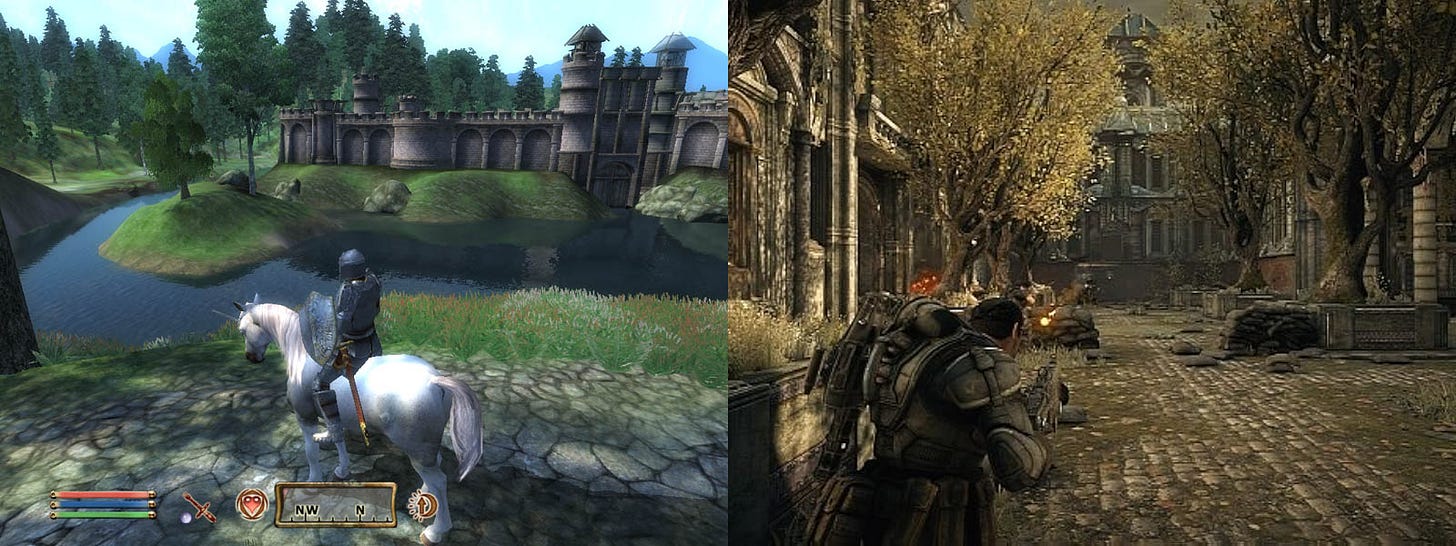

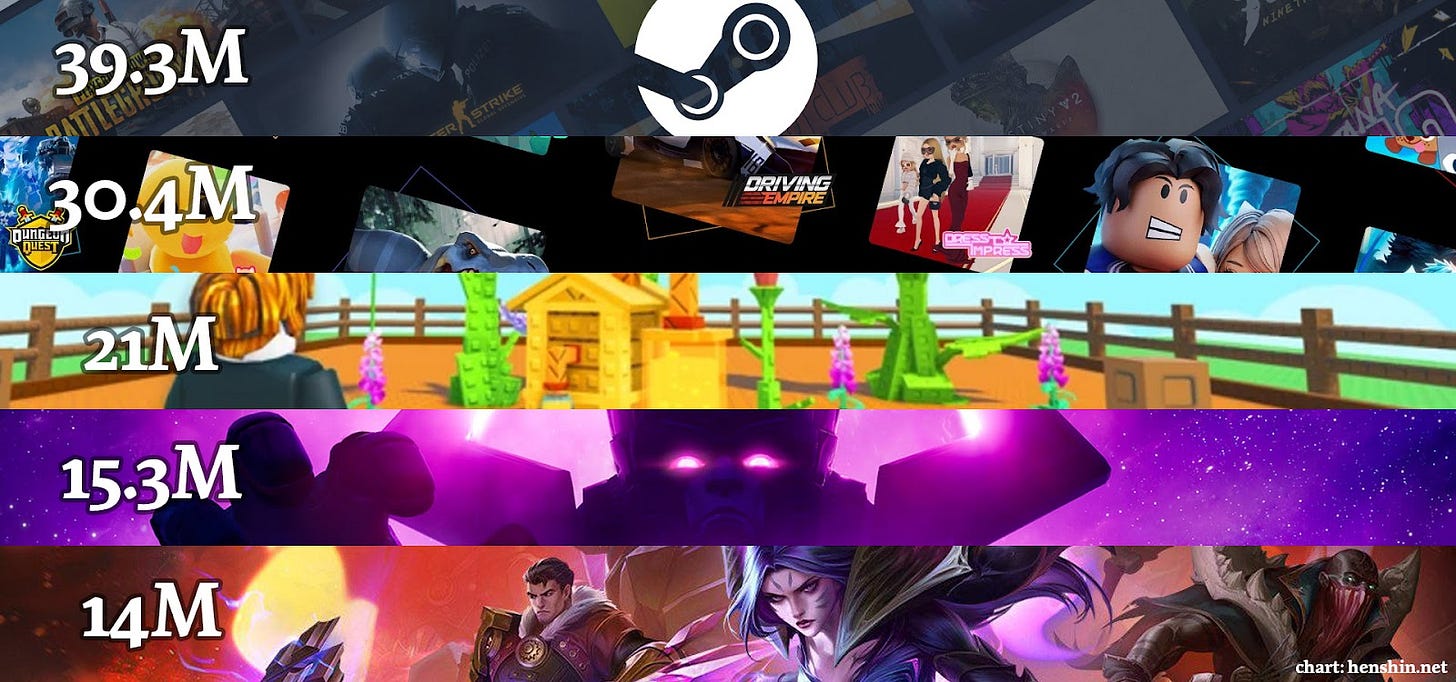
good stuff Rob!